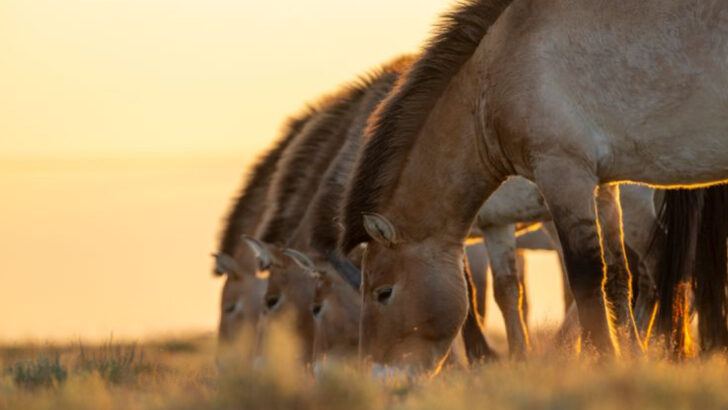Przewalski’s horse, also known as the Mongolian wild horse, is one of the most intriguing equine breeds.
These horses are not just wild; they are a symbol of endurance and survival.
In this blog post, we explore ten fascinating facts about this rare and resilient breed.
From their unique genetic makeup to their critical role in conservation efforts, Przewalski’s horses captivate and inspire.
Delve into their history, discover their distinctive characteristics, and learn about their habitat and behavior.
Each fact unveils a piece of what makes Przewalski’s horse a truly extraordinary animal.
Genetic Marvel
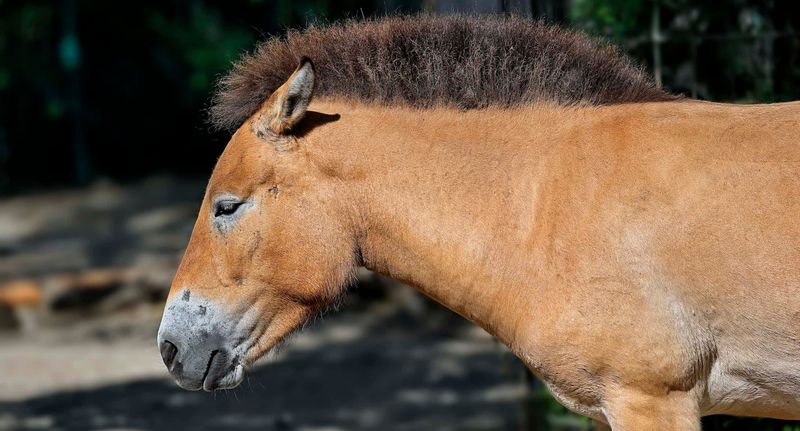
Did you know Przewalski’s horse is the last truly wild horse species? Unlike domestic horses, they have 66 chromosomes instead of 64. This genetic distinction makes them incredibly unique. Scientists believe these horses split from domestic horses about 150,000 years ago. Today, their genetic diversity is a focal point of conservation efforts.
Preserving their unique gene pool is crucial for biodiversity. Their robust genetic makeup allows them to survive harsh climates that would challenge other species. In Mongolia, they roam free, a living testament to nature’s adaptability. This resilience makes them a genetic marvel and a conservation priority.
Conservation Success
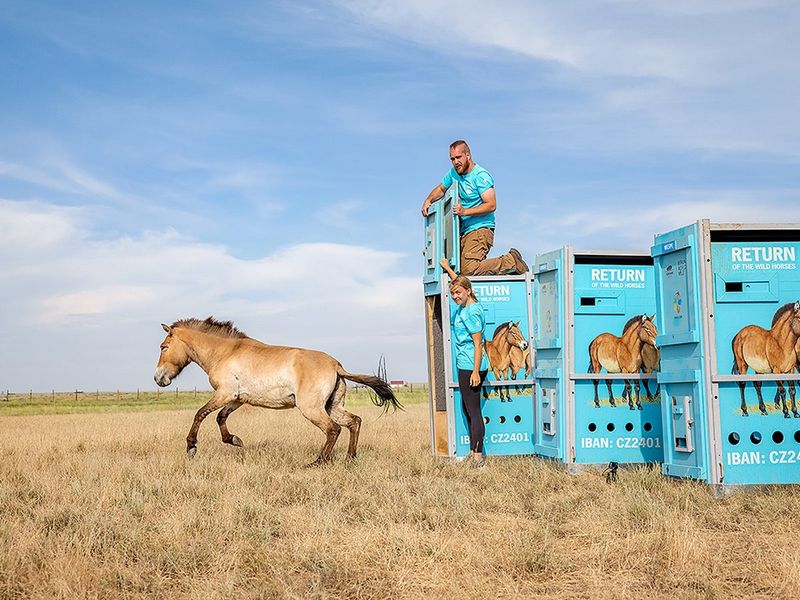
In the 1960s, Przewalski’s horse was nearly extinct. Only a small number survived in zoos and breeding programs, making their comeback a remarkable conservation story.
Through international cooperation, reintroduction programs have brought them back from the brink. Today, they roam free in several protected areas across Mongolia and China. This achievement highlights the power of global conservation efforts.
These horses are now a symbol of hope and resilience, illustrating how endangered species can be saved through dedicated collaboration. Their survival emphasizes the importance of protecting natural habitats and biodiversity worldwide.
Historical Significance
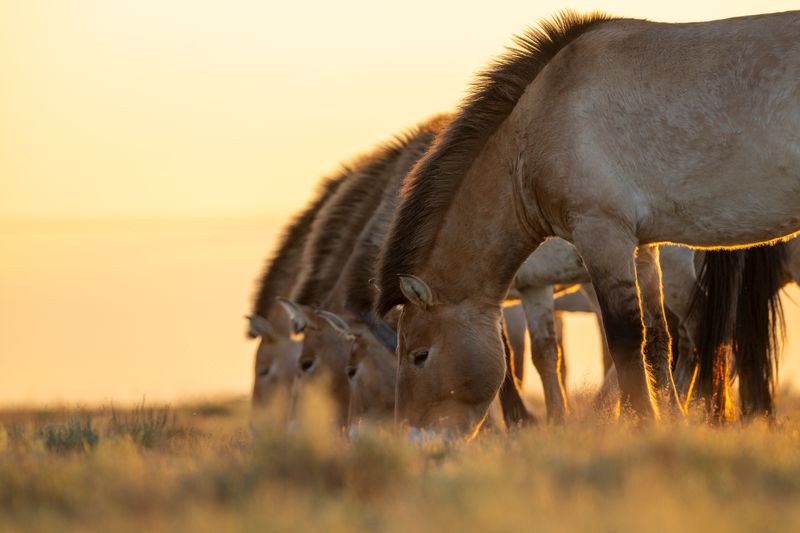
Przewalski’s horse has a rich history intertwined with human culture. These horses have been depicted in ancient cave paintings, suggesting their significance in early human societies.
Discovered in the 19th century by Nikolai Przewalski, they became known to the Western world. This discovery sparked interest in their preservation. The horse’s prehistoric roots highlight their importance as a living connection to the past.
They serve as a reminder of the intricate bond between humans and horses throughout history. Today, they continue to captivate researchers and enthusiasts, offering insights into the evolution of equine species.
Adaptation to Harsh Climates
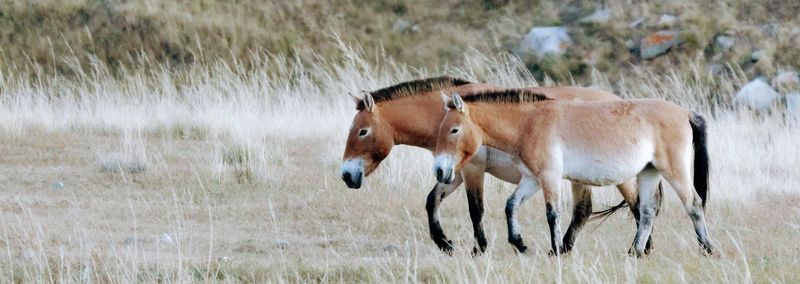
Przewalski’s horses are masters of survival in extreme conditions. Their thick coats and stocky bodies are perfectly adapted to the cold, arid climates of the Mongolian steppes.
During harsh winters, they dig through snow to find grasses, showcasing their resourcefulness. These adaptations ensure they thrive where few others can.
Such resilience is key to their survival, allowing them to maintain stable populations in the wild. Their ability to weather such conditions speaks to their evolutionary success and highlights the importance of preserving their natural habitat for future generations.
Unique Social Structure
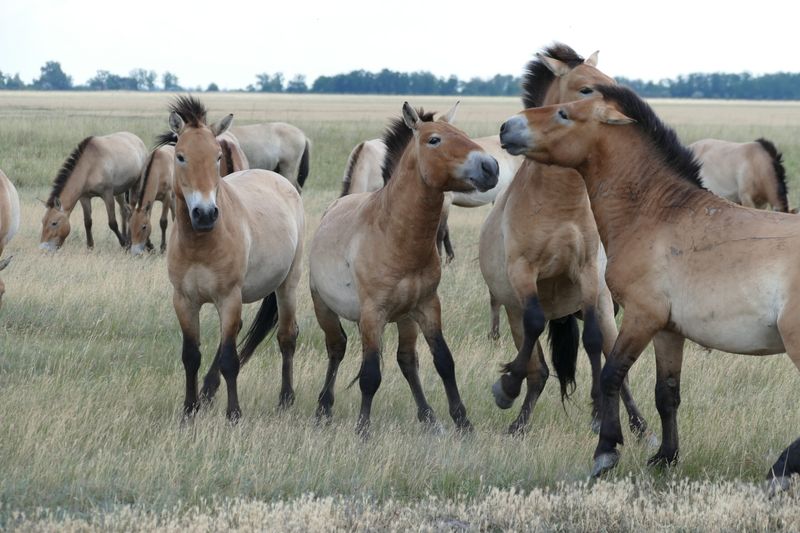
Przewalski’s horses exhibit fascinating social behavior, living in small family groups led by a dominant stallion. Each group comprises mares and their foals, with strong bonds forming within the herd.
Their social structure allows for efficient protection and nurturing of young ones. Stallions are vigilant, often defending against threats while guiding the herd to food and water sources.
This cohesive unit is vital for survival in the wild. Observing their interactions provides valuable insights into equine social dynamics, showcasing the importance of teamwork and cooperation in nature.
Distinctive Appearance
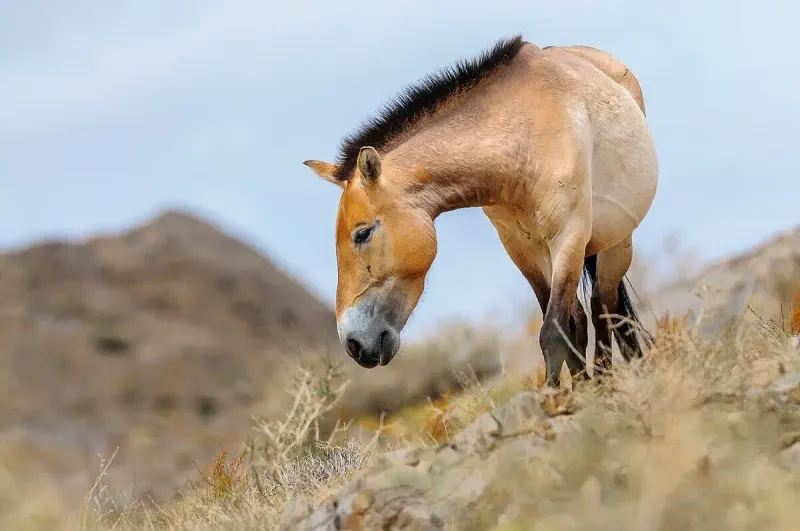
With a stocky build, short legs, and a distinctive upright mane, Przewalski’s horses are truly remarkable. Unlike domestic horses, their manes stand erect without a forelock, giving them a rugged appearance.
Their dun-colored coats with light underbellies and dark stripes across the back mark their wild heritage. This unique appearance helps them blend into their natural environment, providing camouflage.
Recognizable at a glance, these features make Przewalski’s horse a symbol of the untamed wilderness. Their distinct look serves as a reminder of their wild origins and the untouched beauty of nature.
Symbol of Mongolia
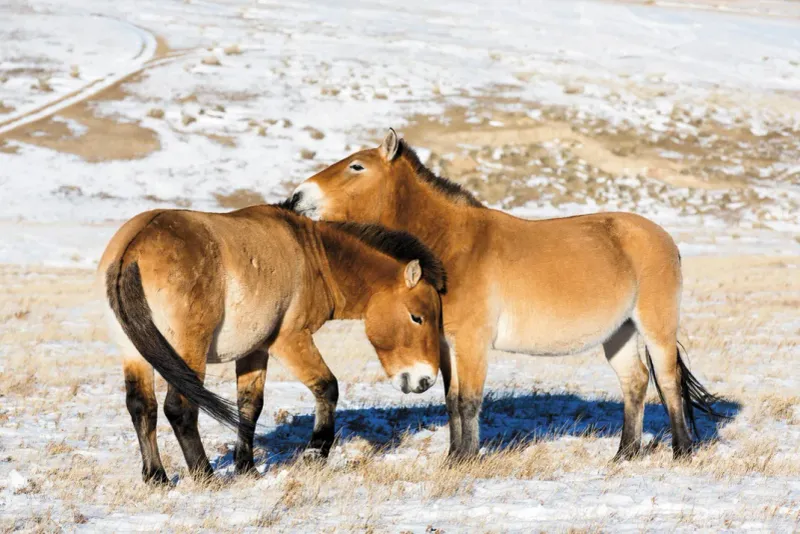
In Mongolia, Przewalski’s horse holds a special place as a national symbol. Known locally as “Takhi,” they are celebrated for their strength and perseverance.
Their presence is deeply rooted in Mongolian culture and history. They embody the spirit of the nomadic lifestyle and the rugged beauty of the steppes.
Reintroduction programs in Mongolia have revitalized local pride and interest in preserving their natural heritage. As a cultural emblem, these horses inspire conservation and environmental awareness nationwide.
Role in Ecosystem
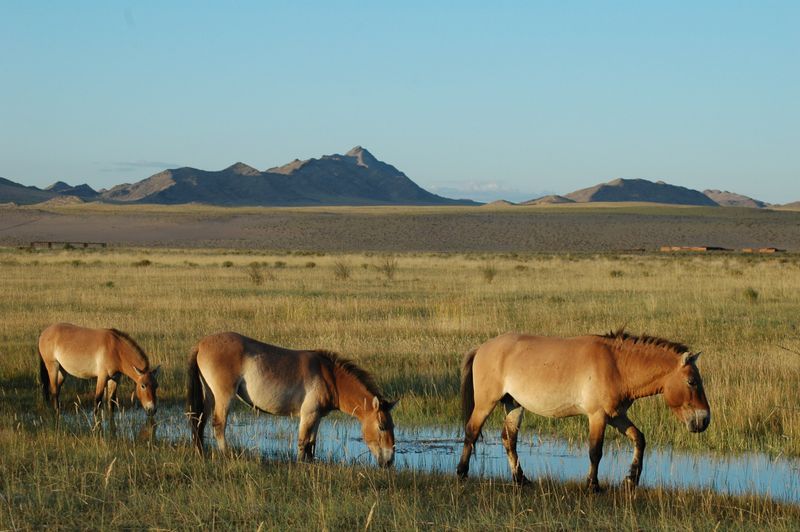
Przewalski’s horses play a crucial role in their ecosystem. As grazers, they help maintain the health of grasslands, preventing overgrowth and promoting biodiversity.
Their presence supports other species, creating a balanced environment. By dispersing seeds and fertilizing the soil, they contribute to the ecological richness of their habitat.
Their role as ecosystem engineers underscores the importance of species conservation. Protecting these horses ensures the survival of a multitude of plants and animals, highlighting their ecological significance and interconnectedness with nature.
Scientific Research
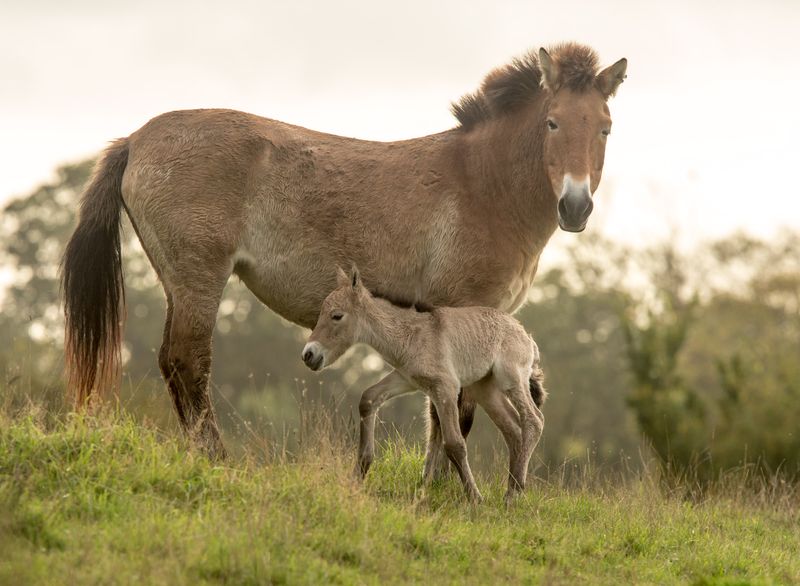
Przewalski’s horses are a focal point of scientific research, offering insights into genetics, behavior, and conservation strategies. Their unique genetic traits provide valuable information for studies on evolution and biodiversity.
Researchers also examine their social interactions and survival strategies to understand equine behavior better. This research aids in developing effective conservation methods.
Through ongoing studies, scientists gain knowledge that benefits both Przewalski’s horses and broader wildlife conservation efforts, demonstrating the significance of research in preserving endangered species.
Ancient Lineage
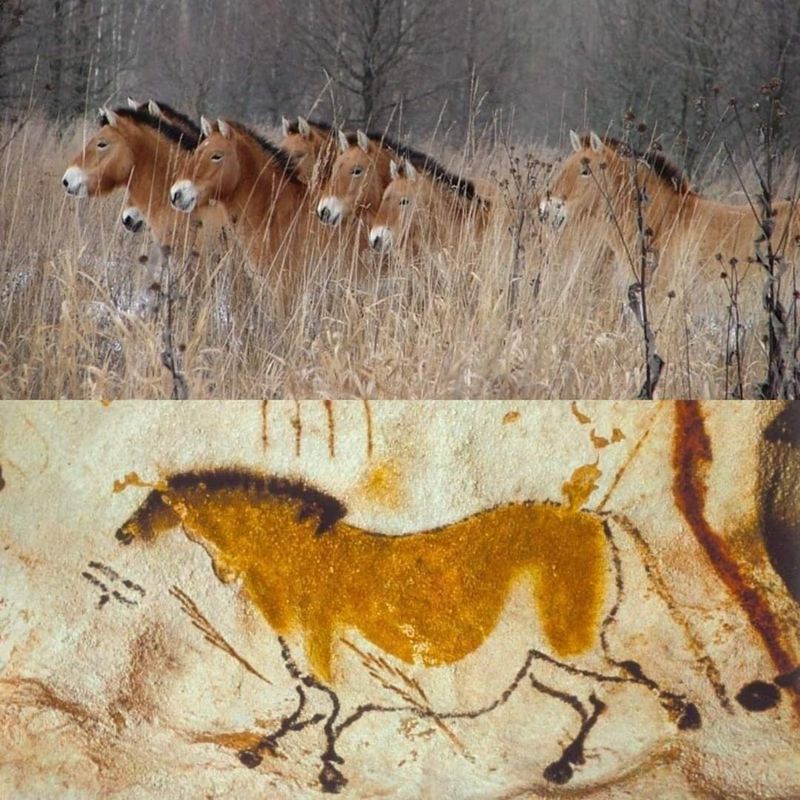
Przewalski’s Horse is believed to be the last surviving wild horse species, maintaining its lineage from prehistoric times. Its DNA shows little crossover with domesticated horses, making it a living relic of the past.
Art enthusiasts and historians alike are captivated by the cave paintings that depict these majestic creatures, emphasizing their significance in human history.
The genetic purity of Przewalski’s Horse offers insights into the evolutionary journey of equines, prompting ongoing scientific intrigue.

